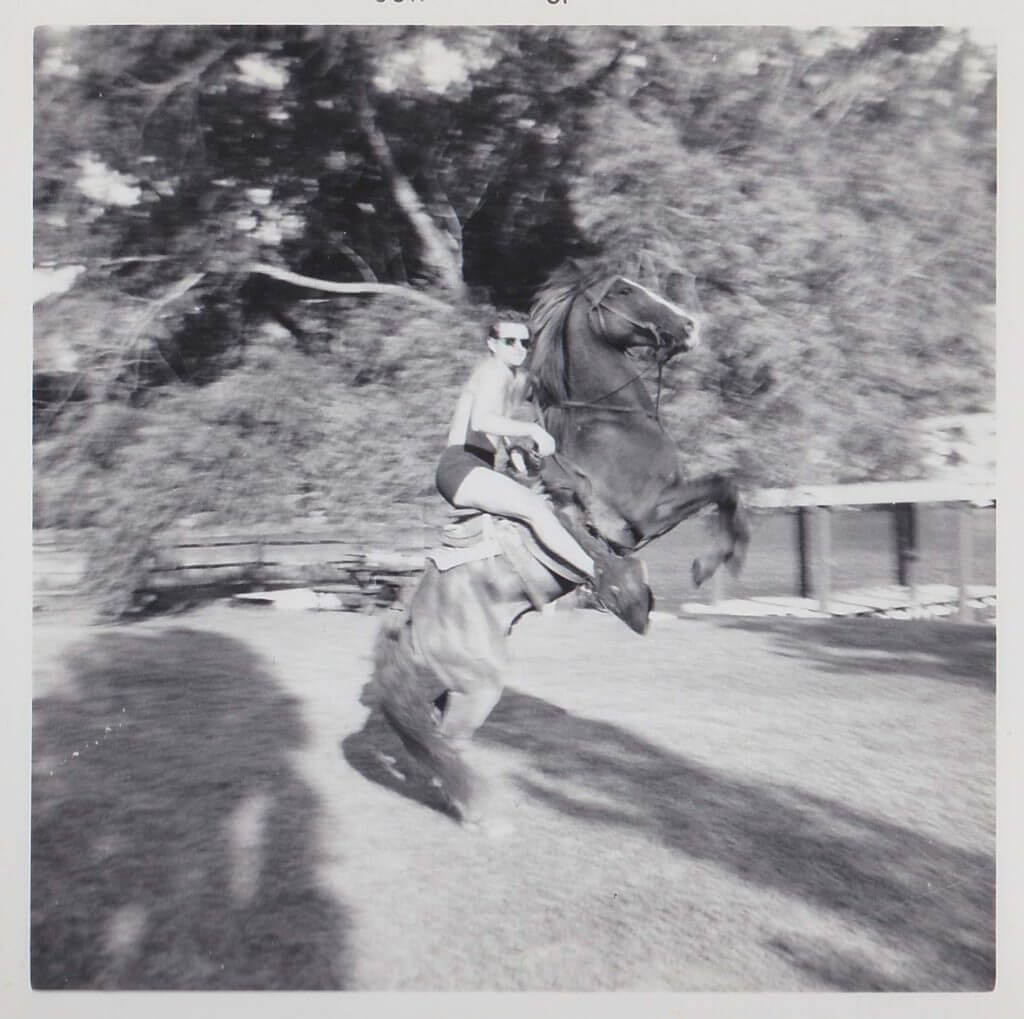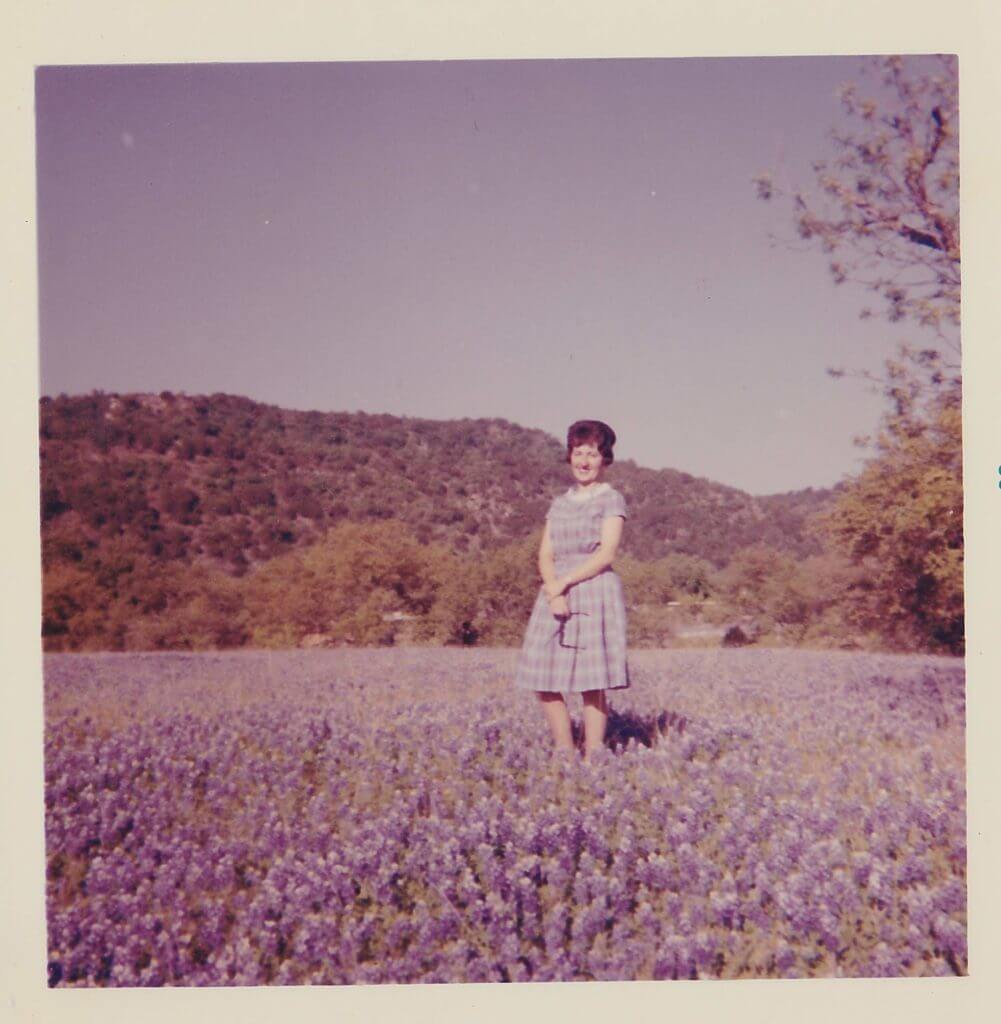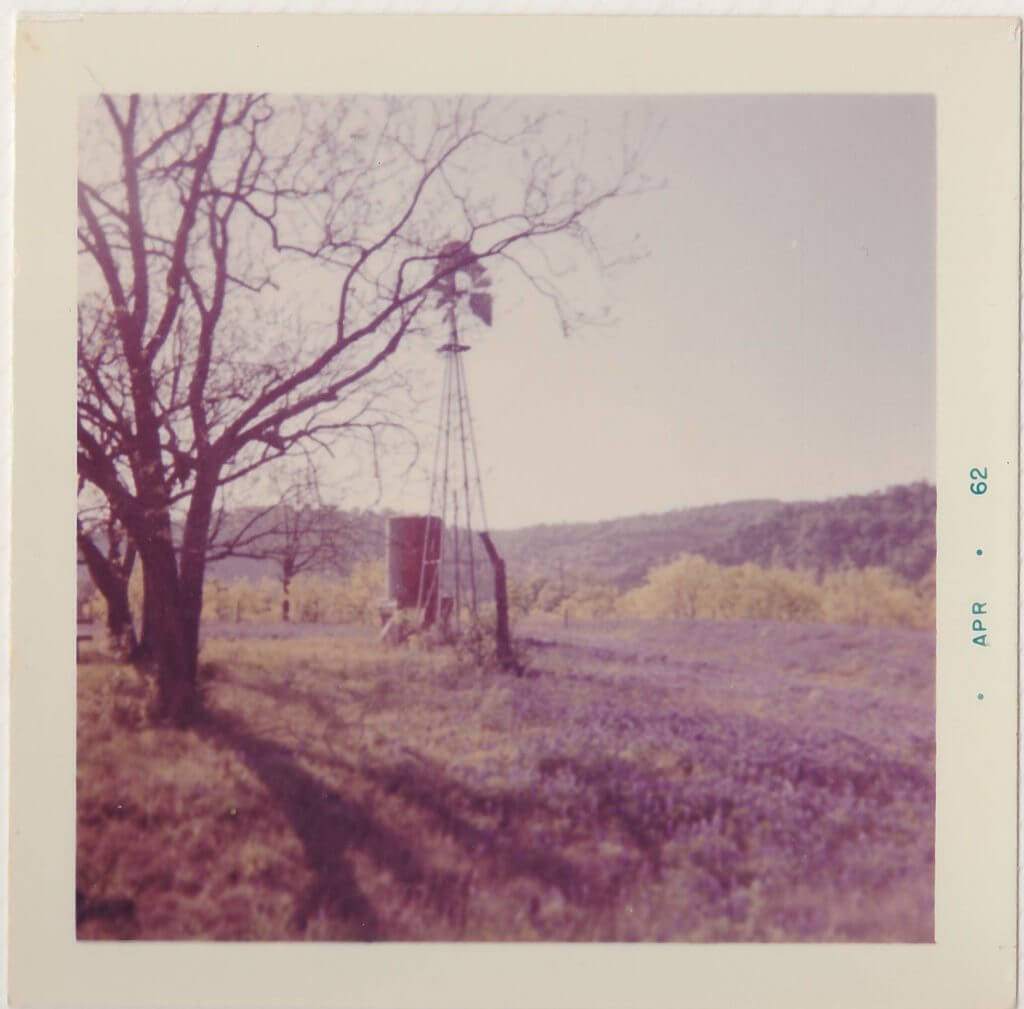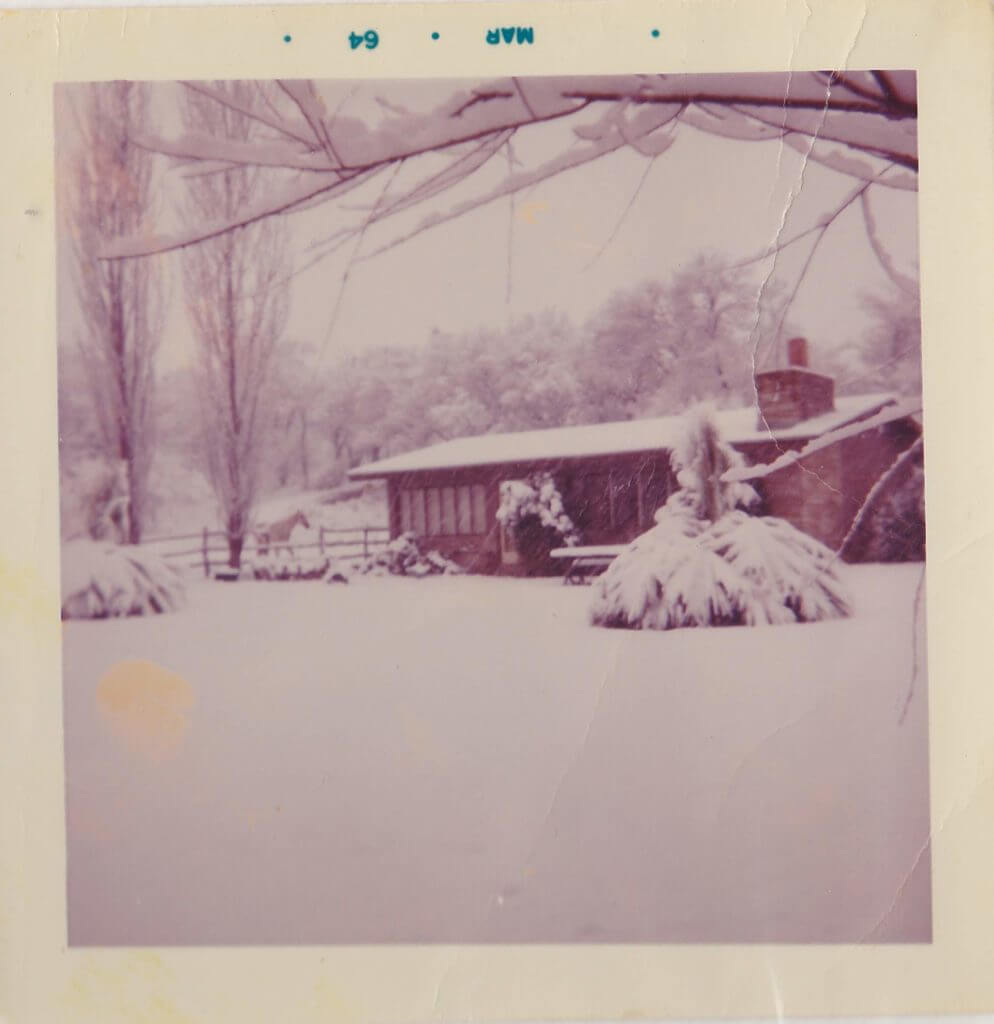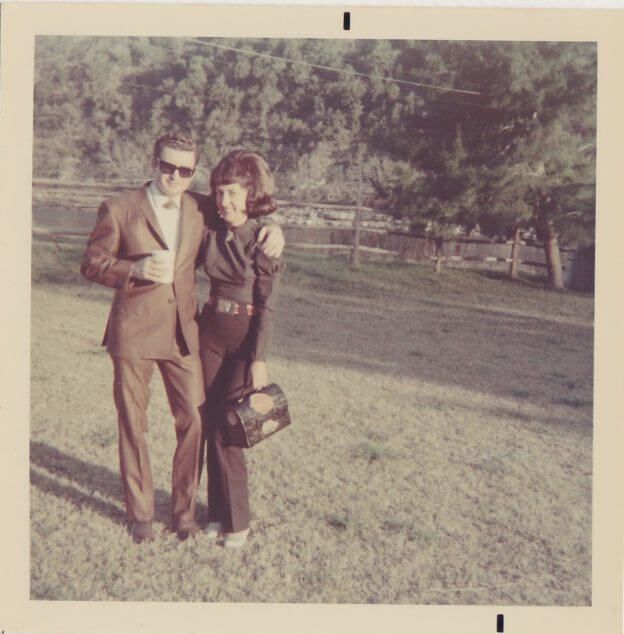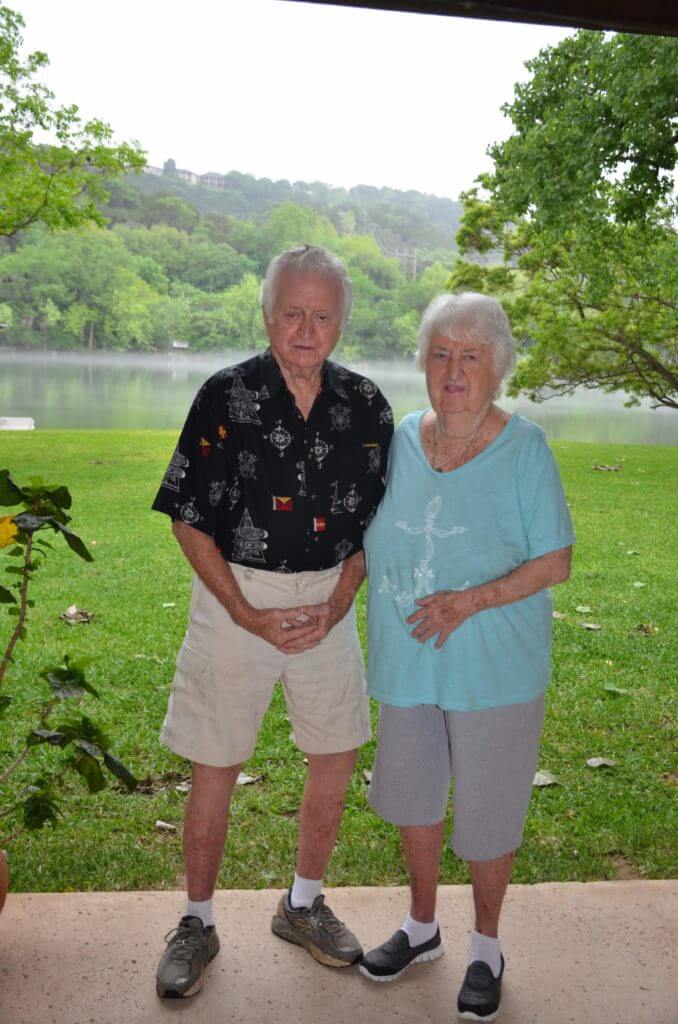
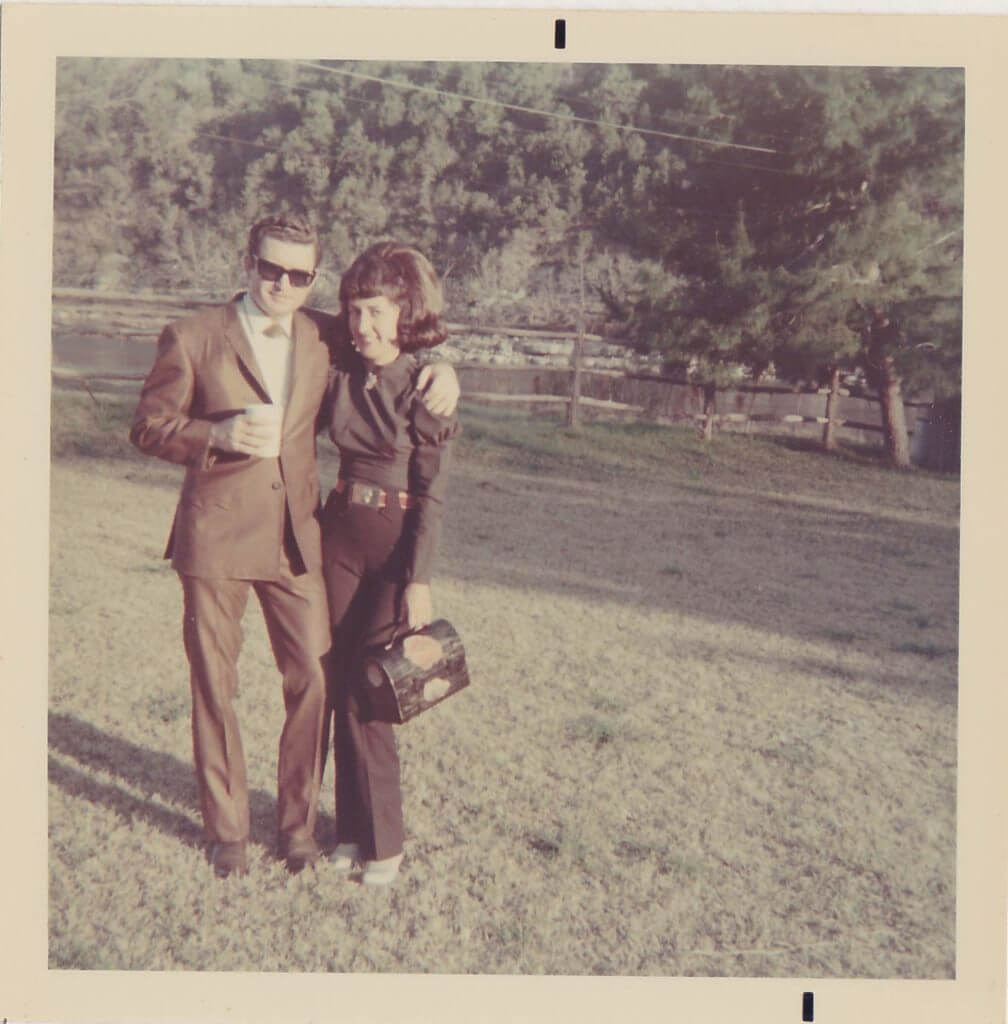
By SARAH DOOLITTLE
Four Points News
The oldest known surviving, continuous residents on Lake Austin are Tom and Carole Greene. and they have seen significant changes to Steiner Ranch, Four Points and Austin since they bought their flooded out lake house in the mid-1950s.
This year Tom, 90, and Carole, 88, will celebrate 68 years of marriage and many decades marked by change: first as children during the Great Depression, as teens during World War II, as young 20-somethings during the Korean War, etc.
Getting to Austin the first time
Tom had roots in the area when he moved to Austin at age 20 — his mother grew up in Temple, Tex. and studied at the University of Texas Austin in the 1920s, an unusual accomplishment for a woman at the time. He grew up in Cleveland, attended John Carroll University in Ohio for two years.
It was in Tom’s second year of college that he married Carole — the two met in the second grade.
In 1949, Tom transferred to UT, where he finished his undergraduate degree. Tom would hitchhike back and forth between Austin and Cleveland to go home to visit.
“And that was during the Korean War,” explained Tom. “And you got an exemption, a temporary exemption if you were married, but as soon as you had spent five years in school, regardless of where you were, you got drafted,” which Tom did.
Getting back to Austin
As luck would have it, instead of being sent to Korea, Tom was stationed on Governors Island, New York, where he worked in troop information and education. He served for two years, from 1952-1954, after which he used the GI Bill to attend graduate school in Arizona, earning a degree in Latin American Studies.
His first job was for a company in Ohio, and they sent him all over Latin America while Carole stayed home. After four months with that company, Tom started working for a gentleman named Richardson in Nicaragua who sold hardware and heavy machinery.
At the time in Nicaragua, said Tom, “The dictator was Samosa… And one night at dinner party, someone shot him.”
The local authorities, who typically didn’t care about paperwork, began looking at the visas of all foreigners in the area after the assassination, and Tom’s was expired. As a consequence, he said, “They arrested me and I wound up going into an old 1500s Spanish fort.” Though a local U.S. Marine was looking for Tom, authorities would not admit to having him imprisoned. Tom only managed to make his whereabouts known after yelling to a worker in the prison yard to go tell Richardson where Tom was, and that he would be rewarded for his efforts.
Richardson got Tom out of jail, but not before Tom wrote down the names of other foreign nationals imprisoned alongside him on the inside of his white shirt. “They had little to no chance of getting out because nobody knew they were there, no relatives, countrymen or anything… Somebody had smuggled in a pen or a pencil or something. And I wrote down the names of three of the people that were in there that were foreigners… So when I did get out, I went the next day to their consulates and told them that they had someone from their country in jail.”
His heroic efforts on behalf of his fellow prisoners did not pass without consequences, however. “The next morning there was knock on my door, and it was the local gendarmes, and I was told I had 24 hours to get out of the country.”
Tom fled back to the U.S. to join Carole. He got a job in Austin and they settled into a little mobile home in 1955 across the lake from City Park.
Lake Austin property
It was now 1956, and that year was the first that the floodgates were opened on Mansfield Dam.
“That caused this property to flood,” said Tom.
Carole and Tom went boating down Lake Austin to check out the flooding. Catfish churned up from the bottom of Lake Travis were stunned after coming through the floodgates, and people were out netting them.
The Greenes noticed a “For Sale” sign on a tree. “The people that had just bought it… they wanted it for weekends, but (they) didn’t want any part of it after the floods,” he said.
So Tom and Carole made an offer for the property through a friend who knew the builder, and it was agreed they would buy it. “And he was happy to get rid of it,” said Tom, though the young couple had no idea how they would pay for it.
When asked how much they paid for that first lot, Tom said, “We don’t like to say that ‘cause it’s too little. People roll over in their graves.”
As people did at the time, they managed and in October of 1957, moved from their trailer to their new, recently flooded home. It was twice the size of their mobile home and had a perfect lake view. The water was a deep, clear emerald green, across which lay the steep, cedar covered hills that sweep along the Colorado River as it makes a U-turn around Steiner Ranch. It’s a view that remains largely unchanged today.
The working Steiner Ranch
At the time, the Steiner Ranch was a working ranch, raising rodeo stock, and there wasn’t much else in the area. Quinlan Park Road had just been paved to serve Lake Austin Lodges, a vacation property which is now the Lake Austin Spa Resort, as well as a half dozen or so houses. From their house to Quinlan, though, “wasn’t really a road,” said Tom. “Just two ruts.”
To get home, they would, “come down to the end of Quinlan Park and drive through the field… There were five cattle guards… it was open range. There was no fencing.”
This also meant the possibility of human-animal encounters, which Carole experienced firsthand. “I didn’t stop one time and a horse got me,” she said. “Of course, they were no cars, just animals, and he came running right across.”
“And of course, anytime anybody hit something there, it was the most expensive animal they owned,” she recalled with a laugh.
The Greene’s street was originally named Freund Boat Ramp Road. Carole and others in the area thought the name was too complicated, “So we went out and had it changed to River Bend.”
“Back when we first lived here, you knew everybody on the lake,” said Carole. “There weren’t that many people.” Besides their neighbors, no one else in Austin really knew where Steiner Ranch was. “They would ask where we lived,” she explained, “and they didn’t even know where (it was) unless they were fishermen who used to go to Lake Travis.”
Getting downtown
Traveling into downtown Austin meant taking RM 620, which was just two lanes, and Bull Creek Road, now RM 2222.
Bull Creek, said Tom, “was a really narrow, no shoulder, no nothing windy road, and when you would leave Four Points and go just past (what is now) Vandegrift’s entrance way, that hill didn’t go straight down. It wound around, and it was called Butler Hill. It wound around and came out down at the bottom.”
In additional to being narrow and windy, “There were four or five low water crossing back in those days,” explained Tom. “So anytime you got a big rain, Bull Creek flooded, and if you were in between water crossings you waited… An hour or so for it to go down.”
Most of all, Tom and Carole describe life on the Lake and in Four Points in a way that modern residents might have a hard time imagining. “It was so peaceful,” Tom said.
In Part II, 1960-Present, the Greene’s describe life on Lake Austin and in Steiner Ranch and Four Points prior to and during its development into the community it is today.
